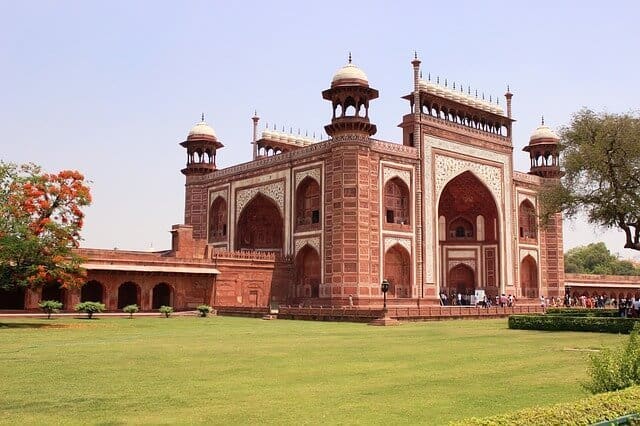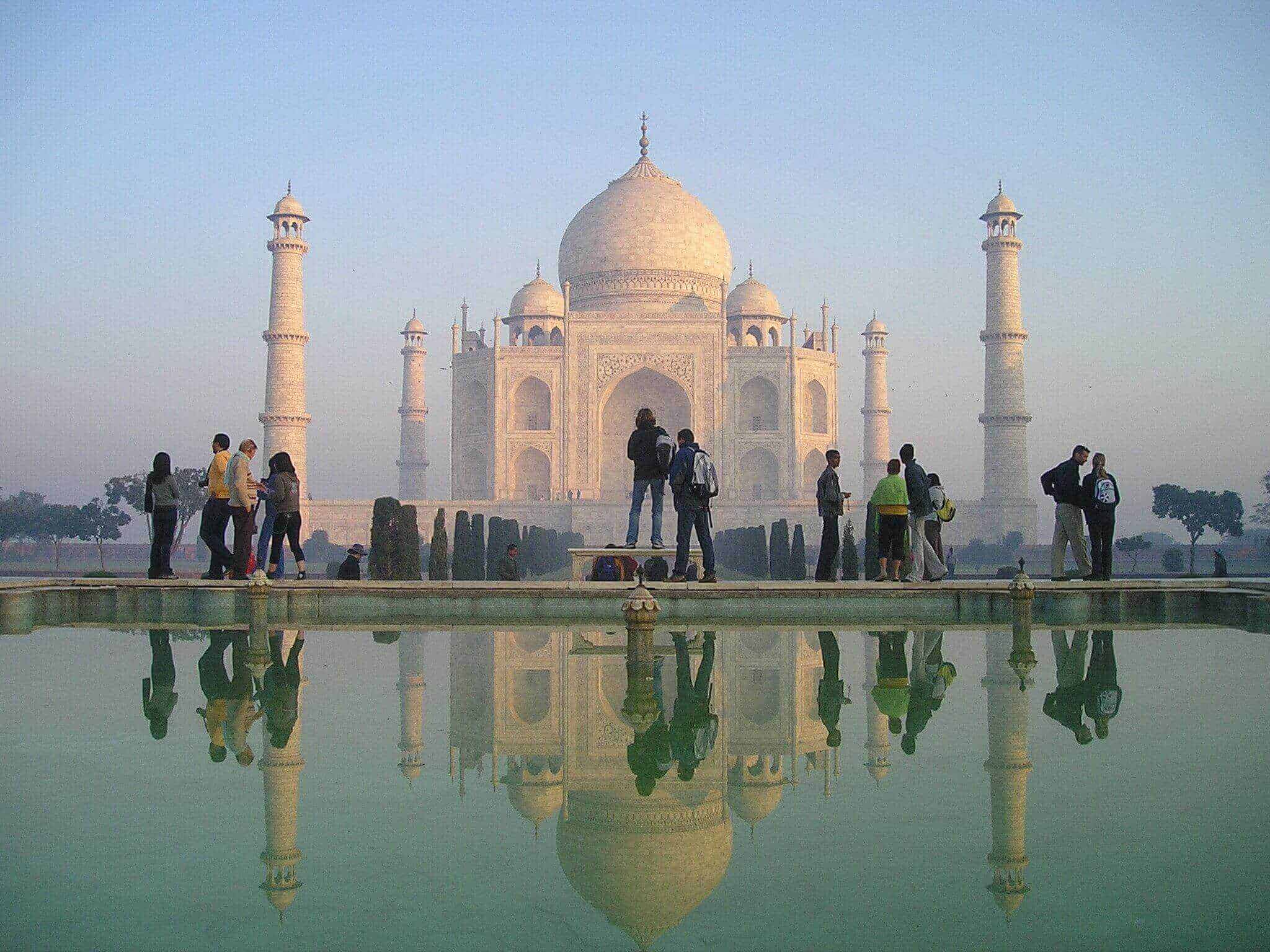Located just outside the city of Agra in the north Indian state of Uttar Pradesh, the Taj Mahal is among the most beautiful architectural masterpieces in the world. A symbol of love and tragedy, the iconic mausoleum was ordered by Shah Jahan, a Mughal ruler, to be built in honour of his wife Mumtaz Mahal. The Taj Mahal was for her to commemorate their marriage and her death in childbirth. It is said his hair had turned grey overnight following the devastation he felt after her death. A year following her tragic death, he commissioned the most beautiful mausoleum on Earth as a testament of his love for her. Referring to the breath-taking site after it was finished, Shah Jahan said that the Taj Mahal made “the sun and the moon shed tears from their eyes.”
 Beautiful ArchitEasily considered a true work of art, there are a range of fascinating optical effects that can be spotted throughout the building. For example, the lettering of the Qur’anic verses around the archways appears to be uniform in height no matter how far it is from the ground. That illusion is beautifully done by working with the spacing between the letters andincreasing them as needed.
Beautiful ArchitEasily considered a true work of art, there are a range of fascinating optical effects that can be spotted throughout the building. For example, the lettering of the Qur’anic verses around the archways appears to be uniform in height no matter how far it is from the ground. That illusion is beautifully done by working with the spacing between the letters andincreasing them as needed.
When you see it plainly, the minarets will appear perfectly upright but in reality, the towers actually lean outwards. It serves dual purpose, in form and function: In addition to providing aesthetic balance, in the event of a natural disaster, like earthquake, the pillars would crumble away from the main ' gumbad ' or Dome, thereby ensuring the safety of the Tomb.

The Char Bagh is a perfect 300 square meters in dimension. When you view the garden from above you can see its divided into 4 pieces by 4 calm water bodies. These 4 waterways represent the sea of water, wine, milk and honey which signify paradise as mentioned in the Quran. Each of the 4 sectors has 4 quadrants, making it a total of 16 pieces of the garden with lawn.
 Recorded documents have mentioned that the Char Bagh garden was full of fruit-bearing trees, fragrant flowering plants thriving with life.
After many years, the surroundings were deteriorating and the then British Viceroy to India, Lord Curzon began restoring this monument. The trees were removed which made way for flat gardens and lawns for the first time. The grass accentuated the vista of the Taj Mahal and the waterways easily.
Recorded documents have mentioned that the Char Bagh garden was full of fruit-bearing trees, fragrant flowering plants thriving with life.
After many years, the surroundings were deteriorating and the then British Viceroy to India, Lord Curzon began restoring this monument. The trees were removed which made way for flat gardens and lawns for the first time. The grass accentuated the vista of the Taj Mahal and the waterways easily.
The Taj Mahal is expectational during and around Full moon light.
It is a great place to visit !!!!!!
@TOURISTS FAVOURITE PLACE!!!!!!!!!!!!!!!!!!!!!!!!!!!!!!!
Exceptional Rajeshwari!😊
ReplyDeleteAwesome ❤️
ReplyDelete